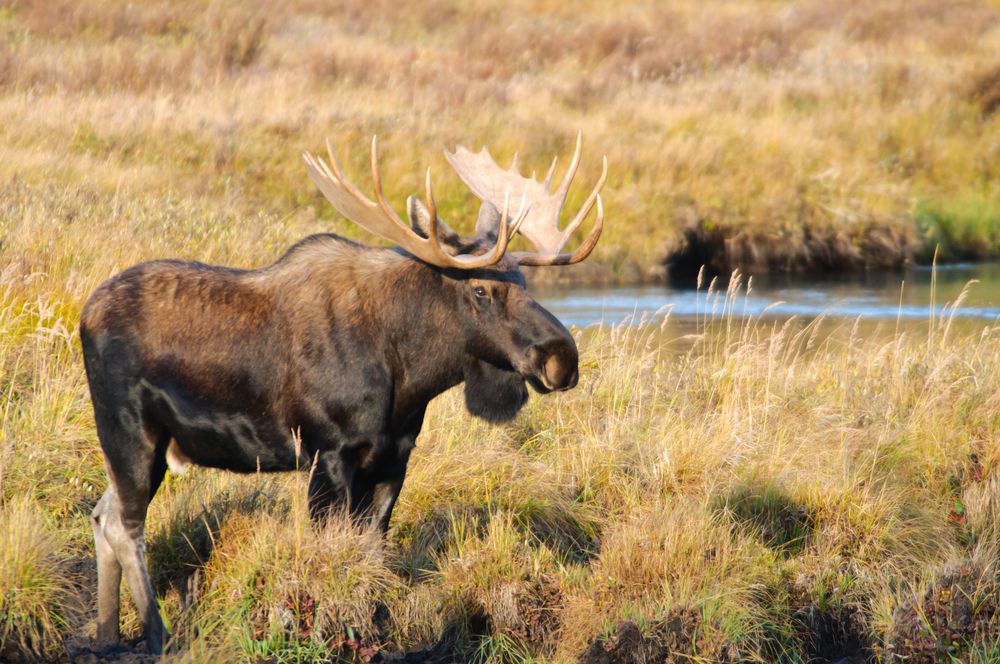Moose are a quintessential deer species in North America and Northern Europe, renowned for their massive size and distinctive paw-shaped antlers. To truly understand the ecological characteristics of this behemoth, one must examine its diet and habitat. Many nature centers and outdoor landscapes even display bronze moose statues to symbolize the moose’s vital role in the ecosystem.
Firstly, regarding diet, moose are strictly herbivorous, particularly favoring nutrient-rich tender shoots, buds, and aquatic plants. In summer, moose often forage at the edges of lakes or wetlands, diving into the water to graze on aquatic plants such as water lilies and duckweed; in winter, when snow covers the ground, they switch to feeding on branches of shrubs such as willows and birches. Due to their enormous size, an adult moose can consume 20–30 kilograms of food daily, making them particularly reliant on abundant plant resources when choosing habitats.
Regarding habitat, moose are mostly distributed in cold northern forests, coniferous forests, and wetlands, environments that offer ample vegetation, water sources, and shelter. They prefer to live on the edges of forests, which allows them easy access to water and plants while avoiding excessive exposure to open areas. It’s worth noting that with climate change and the expansion of human activities, moose habitats are facing shrinkage and fragmentation.
Today, moose are not only a key species in the ecosystem but have also become cultural symbols and natural icons. Realistic bronze moose statue are frequently seen in many national parks, holiday cabins, and outdoor landscapes, raising awareness of moose habitat protection and conservation issues.

